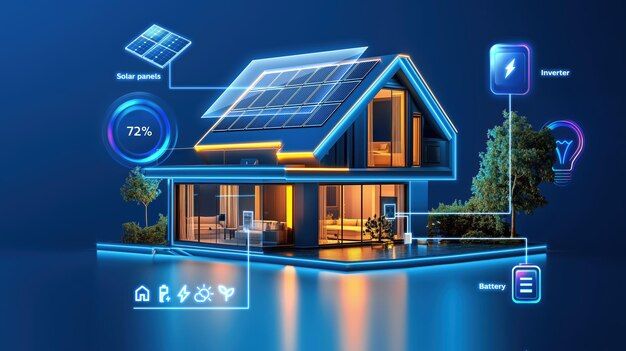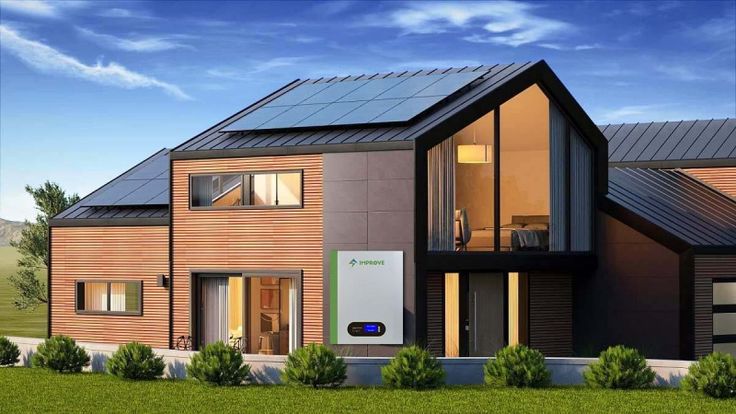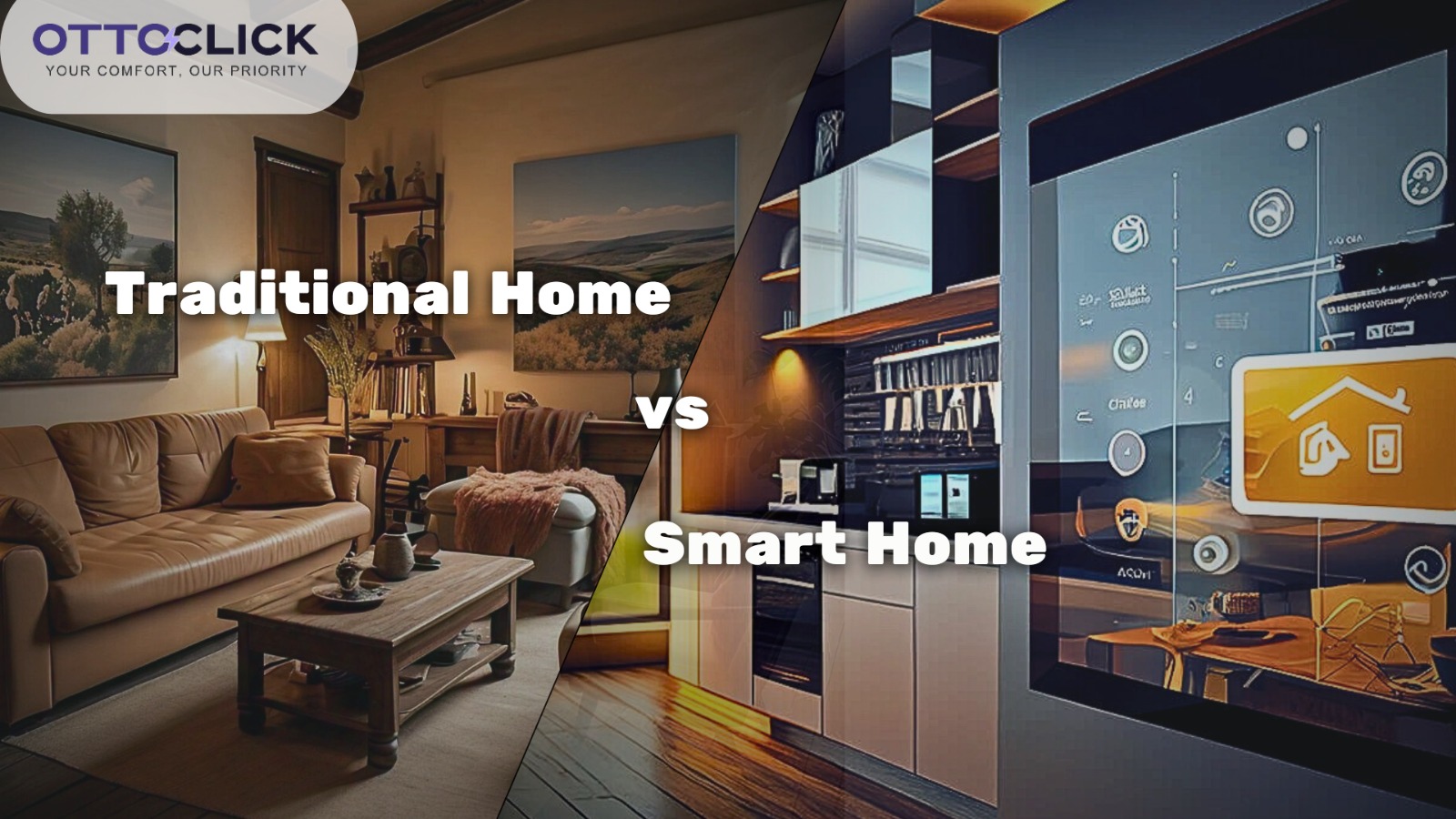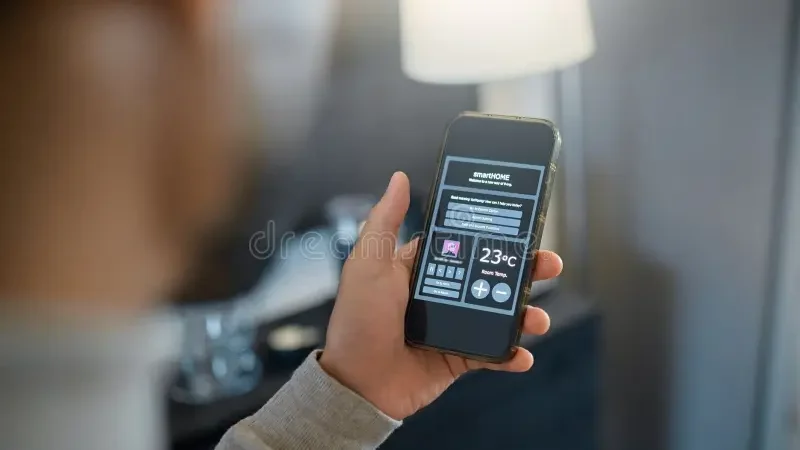Als erfahrener Copywriter und leidenschaftlicher Roulette-Spieler mit 15 Jahren Erfahrung in Online-Casinos freue ich mich, Ihnen einen detaillierten Einblick in die neuen Strategien für Roulette zu geben. In diesem Artikel werden wir die neuesten Entwicklungen, Tipps und Tricks für Roulette enthüllen, um Ihre Gewinnchancen zu maximieren und Ihr
Roleta Segura: O Guia Definitivo para Jogar com Confiança
Quando se trata de jogar roleta online, é fundamental encontrar um ambiente seguro e confiável para desfrutar do jogo sem preocupações. Neste artigo, vamos explorar tudo o que você precisa saber sobre roleta segura, incluindo as vantagens e desvantagens, dicas de jogo, os melhores cassinos online onde você pode jogar, e muito mais.
O Que é Roleta Segura?
A roleta segura refere-se a versões do jogo que são oferecidas por cassinos online respeitáveis e licenciados. Isso significa que esses jogos são regulamentados por órgãos oficiais e são submetidos a auditorias regulares para garantir que sejam justos e aleatórios.
Características da Roleta Segura
| Vantagens | Desvantagens |
|---|---|
| – Jogos regulamentados | – Menor interação social |
| – Pagamentos justos | – Possível vício em jogos de azar |
| – Diversidade de opções de apostas | – Dependência da conexão com a internet |
Margem da Casa na Roleta Segura
A margem da casa na roleta pode variar dependendo do tipo de aposta que você fizer. Em média, a margem da casa é de 2,7% para a roleta europeia e de 5,26% para a roleta americana.
Pagamentos na Roleta Segura
Os pagamentos na roleta são baseados no tipo de aposta https://editorialverbo.pt que você faz e nas probabilidades associadas a essa aposta. Por exemplo, uma aposta em um único número na roleta europeia tem um pagamento de 35:1, enquanto uma aposta em vermelho ou preto tem um pagamento de 1:1.
How Smart Homes Are Changing the Way We Live: A Look Into the Future of Living
How Smart Homes Are Changing the Way We Live: A Look Into the Future of Living

In 2025, smart homes have transitioned from futuristic concepts to integral components of modern living. These intelligent systems are revolutionizing our daily routines, enhancing comfort, security, and efficiency. Let’s explore how smart homes are reshaping our lifestyles and what the future holds.
1. Personalized Living Through AI Integration
Artificial Intelligence (AI) has become the cornerstone of smart home technology. By learning user behaviors and preferences, AI enables homes to adapt dynamically. For instance, lighting, temperature, and even music can adjust automatically to suit individual moods and routines. This level of personalization enhances comfort and streamlines daily activities.
2. Enhanced Security and Peace of Mind
Modern smart homes are equipped with advanced security features, including facial recognition, motion sensors, and real-time alerts. These systems provide homeowners with unparalleled peace of mind, allowing them to monitor and control their home’s security remotely. The integration of AI further enhances threat detection and response times.
3. Energy Efficiency and Sustainability
Smart homes contribute significantly to energy conservation. Devices such as smart thermostats and lighting systems optimize energy usage by adjusting settings based on occupancy and time of day. This not only reduces utility bills but also minimizes the environmental footprint, promoting a more sustainable lifestyle.
4. Seamless Connectivity and Control
The integration of Internet of Things (IoT) devices allows for centralized control of various home functions through smartphones or voice assistants. Whether it’s adjusting the thermostat, turning off lights, or checking security cameras, homeowners can manage their environment effortlessly, even when away from home.
5. Health and Wellness Monitoring
Smart homes are increasingly focusing on health and wellness. Features like air quality monitors, smart mattresses, and integrated fitness equipment help residents maintain a healthy lifestyle. These technologies provide real-time data and insights, enabling proactive health management within the comfort of one’s home.
Looking Ahead: The Future of Smart Living
As technology continues to evolve, smart homes will become even more intuitive and integrated. Innovations such as AI-driven home assistants, advanced robotics, and enhanced interoperability among devices are on the horizon. These developments promise to further simplify daily life, making homes more responsive to the needs of their inhabitants.
Embracing smart home technology is no longer a luxury but a step toward a more efficient, secure, and personalized living experience. As we look to the future, the integration of intelligent systems into our homes will continue to redefine the way we live.
5 Common Myths About Smart Homes (And the Truth Behind Them)
5 Common Myths About Smart Homes (And the Truth Behind Them)
Smart homes are no longer just a futuristic dream — they’re becoming more common and more affordable every day. But with this rise in popularity, many misconceptions have also emerged.
If you’re considering turning your home into a smart one, don’t let these myths hold you back. Let’s uncover the truth behind some of the most common smart home myths.

Myth #1: Smart Homes Are Only for Tech-Savvy People
The Truth: Today’s smart devices are designed to be intuitive and easy to use. Most systems come with simple mobile apps, voice control through assistants like Alexa or Google Assistant, and user-friendly dashboards. Even people with little to no technical background can set up and operate a smart home with ease.
Myth #2: Smart Home Devices Are Too Expensive
The Truth: While it’s true that full-scale home automation can be pricey, starting small is absolutely possible. You can build your smart home step by step. For example, smart bulbs and plugs are available for under $20, and you don’t need to buy everything at once. Many families start with lighting and security, then expand over time.
💡 Pro Tip: Some companies even offer smart home kits for beginners that are affordable and easy to install.
Myth #3: Installing Smart Devices Requires a Full Renovation
The Truth: Gone are the days when smart tech needed major rewiring. Most modern devices are plug-and-play — meaning you can just plug them into a wall outlet or screw in a smart bulb, and they’re ready to go. With wireless technologies like Wi-Fi and Bluetooth, installation is often as simple as connecting your phone to a new speaker.
Myth #4: Smart Homes Are Easily Hacked
The Truth: Security is a legitimate concern — but when properly configured, smart homes can be very safe. The key is using strong passwords, keeping your devices updated, and ensuring your Wi-Fi network is secure. Leading brands also use encryption and other advanced security measures to protect your data and privacy.
🛡️ Tip: Choose trusted brands and avoid using default passwords for devices.
Myth #5: All Devices Must Be from the Same Brand to Work Together
The Truth: Many smart devices today support cross-platform integration. That means your smart lights from one brand can still work with a smart speaker from another, as long as they support standard protocols like Zigbee, Z-Wave, or Wi-Fi. You can mix and match devices based on your preferences and budget.
Final Thoughts
Smart homes are no longer a luxury for tech geeks or the super-rich. They’re practical, affordable, and user-friendly — designed to make your life easier, safer, and more efficient.
So the next time someone tells you smart homes are too complicated or too expensive, you’ll know the truth. And maybe — just maybe — you’ll be the one helping them make the switch to smarter living.
🏡 Ready to build your smart home step by step? Start small, stay smart.
Smart Home on a Budget: Affordable Devices and Solutions
Introduction
Think smart homes are only for the rich? Think again. You don’t need to break the bank to start automating your home. With affordable devices and user-friendly apps, anyone can build a smart home setup that adds comfort, efficiency, and security — all on a budget.

1. Start Small: Focus on Essentials
You don’t have to buy everything at once. Begin with the most impactful devices:
- Smart Bulbs – Easy to install, energy-efficient, and can change color or brightness via an app.
- Smart Plugs – Turn any appliance into a smart device.
- Smart Speakers – Voice control hub for other smart devices.
2. Use Budget-Friendly Brands
While premium brands exist, many budget-friendly options offer great performance:
- Wyze
- TP-Link Kasa
- SwitchBot
- Aqara
- Tuya-based devices
These devices often work with Google Assistant, Alexa, or Apple HomeKit — so they’re highly compatible.
3. DIY Installation Saves Money
Most budget smart devices are plug-and-play. No need to hire an electrician:
- Just connect to Wi-Fi
- Use a companion app to set up
- Control devices via phone or voice assistant
Bonus: Many apps allow automation like “Turn off lights when I leave home” — without extra hardware.
4. Bundle Devices for Extra Savings
Look for bundles or combo kits that offer multiple devices at a lower price. For example:
- Starter kits with smart bulbs + smart hub
- Bundles of 4 smart plugs
- Room automation packs
Shopping during online sales (like Black Friday or 11.11) can also help you save big.
5. Free Apps and Open Ecosystems
Don’t pay extra for features you don’t need. Many free apps now offer:
- Voice control
- Scheduling
- Scene customization
- Device grouping
Apps like Google Home, Alexa, and Smart Life provide robust functionality without extra cost.
6. Plan for Gradual Expansion
As your budget allows, slowly expand your smart home:
- Add a smart camera for security
- Use motion sensors for lights
- Automate curtain open/close with smart motors
This keeps the cost manageable and ensures every purchase is useful.
Conclusion
Building a smart home doesn’t require a massive investment. With careful planning, the right brands, and DIY installation, you can enjoy the comfort and control of a smart home — all without overspending.
Start small, stay smart, and automate your home one affordable step at a time.
The Evolution of Smart Homes: From Concept to Reality
Introduction
Once a concept reserved for science fiction, smart homes have become a real, tangible part of everyday life. Over the last few decades, rapid technological advancements have transformed the way we live, turning ordinary houses into intelligent, responsive environments.

1. The Origins: Smart Homes in Sci-Fi and Early Concepts
The idea of a home that responds to its inhabitants first appeared in literature and films. From “The Jetsons” to early science fiction novels, the vision of automated kitchens and robot assistants sparked curiosity and innovation.
In the 1970s and 80s, early home automation systems began to emerge — primarily focused on centralized lighting and temperature control systems for the wealthy.
2. 1990s–2000s: The Rise of Consumer Technology
As personal computing and the internet became widespread, home automation slowly started to enter the consumer market. Technologies like X10 and Zigbee allowed users to control devices over electrical lines or wireless protocols.
However, these early systems were often complex and not user-friendly.
3. 2010s: The Smart Revolution Begins
The introduction of smartphones changed everything. Suddenly, users had powerful computers in their pockets — perfect for controlling smart lights, cameras, thermostats, and even appliances.
The rise of Amazon Alexa, Google Assistant, and Apple HomeKit allowed for voice-controlled environments and seamless automation. Cloud computing made it easier than ever to sync data across devices.
4. Present Day: Integration, AI, and Sustainability
Modern smart homes are more integrated and intelligent than ever. With the help of AI, homes can now:
- Learn user habits and adjust settings automatically
- Recognize faces or voices for personalized experiences
- Optimize energy consumption for sustainability
Smart homes today go beyond convenience — they offer security, energy savings, and peace of mind.
5. What’s Next? The Future of Smart Living
Looking ahead, smart homes will likely become even more adaptive and proactive:
- AI assistants that anticipate needs before users speak
- Interconnected neighborhoods sharing energy and data
- Deeper integration with health and wellness (e.g., air quality sensors, posture monitors, sleep tracking)
Conclusion
From humble beginnings in fiction to today’s intelligent environments, the evolution of smart homes is a story of human imagination turned reality. As technology continues to progress, our homes will not only serve us — they will understand us.
How to Use Smarthome Apps
Introduction
In today’s fast-paced world, smart home apps are revolutionizing how we interact with our living spaces. These apps allow users to control lights, temperature, security systems, and more — all from a smartphone or tablet.

1. Choose the Right App for Your Devices
Before you begin, ensure your smart home devices are compatible with the app you plan to use. Some popular options include:
- Google Home
- Apple HomeKit
- Amazon Alexa
- SmartThings by Samsung
Each app supports a wide range of devices, so check compatibility with your lights, thermostat, cameras, and more.
2. Set Up and Connect Your Devices
Once you’ve chosen an app, follow these general steps:
- Download and install the app from your device’s app store.
- Sign in or create an account.
- Add new devices using Wi-Fi or Bluetooth.
- Assign devices to rooms for better control.
3. Control and Automate Your Home
Smarthome apps allow you to:
- Turn lights on/off remotely
- Adjust temperature
- View live security camera feeds
- Lock/unlock doors
- Create automation (e.g., turn on lights at sunset)
Automation enhances convenience and energy efficiency. For example, set your coffee machine to turn on every morning at 7 AM.
4. Voice Control Integration
Most smart home apps support voice assistants:
- Google Assistant
- Amazon Alexa
- Siri
Just say:
“Hey Google, turn off the living room lights.”
And it’s done.
5. Manage Multiple Users and Permissions
If you live with family or roommates, you can share access by:
- Inviting other users
- Setting specific permissions (e.g., allow child to control lights but not security)
6. Keep Your App Updated
Developers regularly release updates to:
- Fix bugs
- Add new features
- Improve security
Make sure automatic updates are enabled for smooth operation.
Conclusion
Smarthome apps make your life more convenient, energy-efficient, and secure. With just a few taps or a voice command, you can control nearly every aspect of your home environment.
